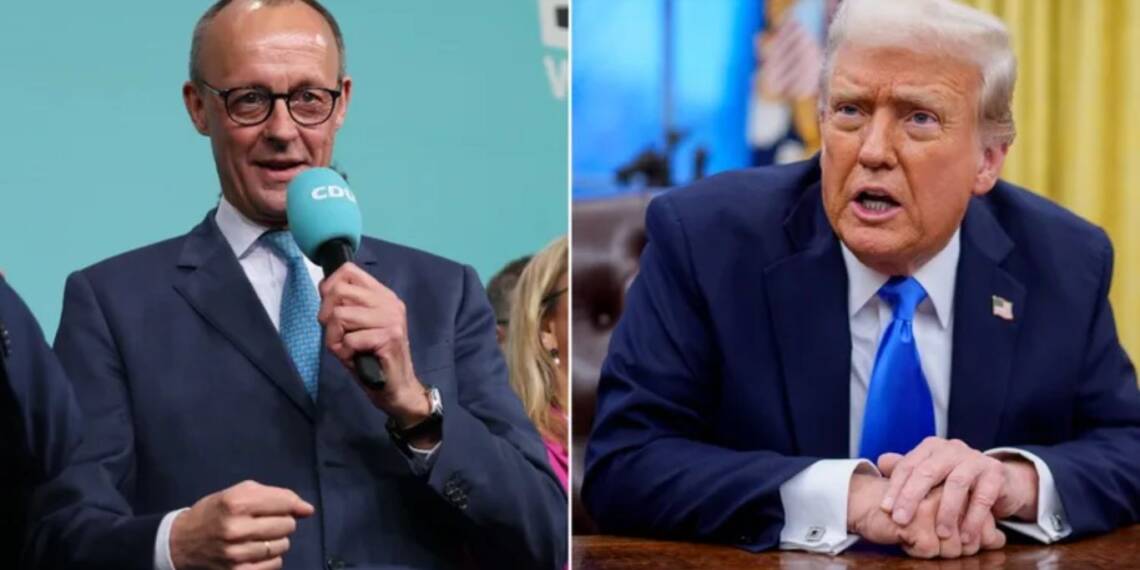After Trump, it’s Germany’s turn to say NO to Ukraine. Earlier this week, the Trump administration halted delivery of weapons to Ukraine, saying Zelensky was not ready for peace and America’s support was emboldening him. Now Germany seems to be following suit.
The German defence ministry has issued a similar statement, arguing its top priority now was to build its own stockpile. Spokesperson Michael Stempfle of the ministry said that Germany has reached its limit in supplying weapons to Ukraine.
He added that while Berlin has provided significant military aid, it must now prioritize its own defense and European security.
Unlike France and the UK, Germany does not have its own nuclear arsenal or security umbrella. After three decades of military downsizing since the fall of the Berlin Wall, its armed forces are now underfunded, understaffed, and outdated. Germany is even struggling to fully equip a brigade of 5,000 troops for deployment in Lithuania as part of NATO’s presence.
Following Russia’s full-scale invasion of Ukraine three years back, Chancellor Olaf Scholz declared a turning point in Germany’s defense policy and announced a €100 billion (£82 billion) special fund to modernise the military.
However, he failed to convince Germans that the country must move past its postwar pacifism. While military experts warn that Russia could be capable of attacking a NATO country by 2030, Germany’s sluggish pace of military reform suggests it could take decades to rebuild its forces.
Thomas Kleine-Brockhoff of the German Council on Foreign Relations says, “Even the Russian war of aggression against Ukraine has not created a sense of urgency in Germany—a sense that time to rebuild the military is not infinite.”
The Kiel Institute for the World Economy estimates that, at the current rate of procurement, it would take Germany nearly 100 years just to restore its artillery howitzer count to 2004 levels.
Once the special defense fund dries up in next two years, Germany will face an annual budget gap of €30 billion just to maintain defense spending at NATO’s current target of 2% of GDP.
To reach the expected future target of 3% or more, the required amount will be nearly double. If US President Trump moves forward with withdrawing American troops from Europe, Germany’s defense costs will rise even further.
In that scenario, Germany looks in no position to keep providing Ukraine with military supplies.
Incoming Chancellor Friedrich Merz faces urgent challenges. He must revive Germany’s shrinking economy, which has barely grown since before COVID-19, address immigration issues that fueled the rise of right-wing AfD party, and shape a foreign policy that addresses Europe’s security concerns.
Germany’s decision to join Western allies in sanctioning Russia led to the loss of cheap Russian gas, triggering a deep recession and accelerating deindustrialization. As economic struggles worsened, there are talks in Berlin to again switch on the Nord Stream pipelines. Just few days back, TFI Global reported how some US businessman have begun talks with the White House to get the Nord Stream 2 pipeline in business as part of a broader peace deal with Russia. If Germany wants to do gas business with Russia to revive its economy, it must stop funding the war in Ukraine first. And that’s what Berlin seems to be doing right now.








